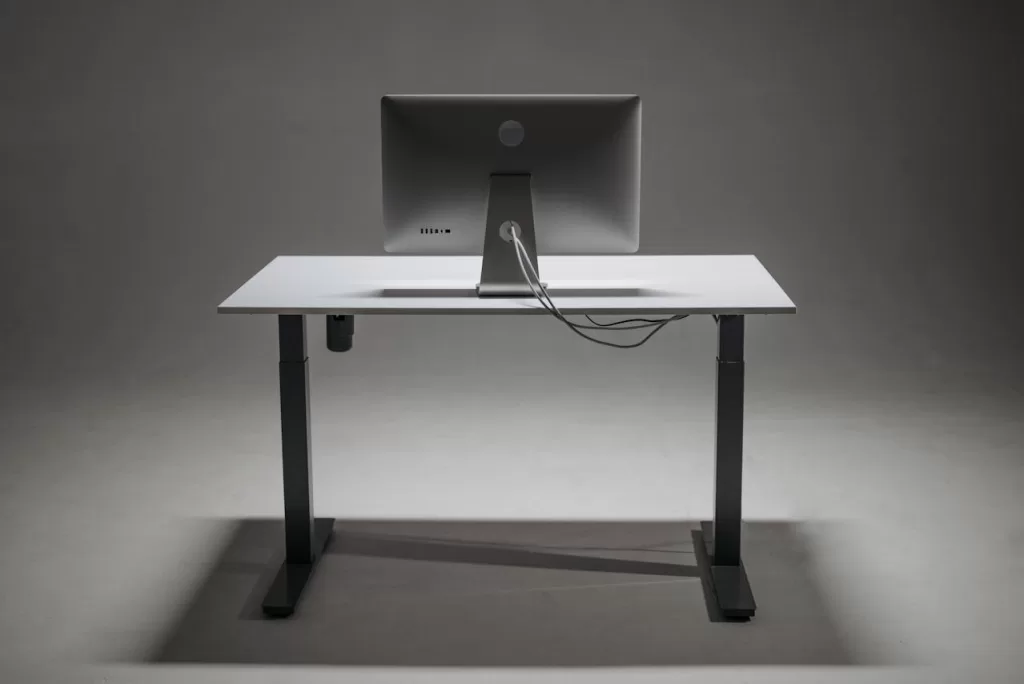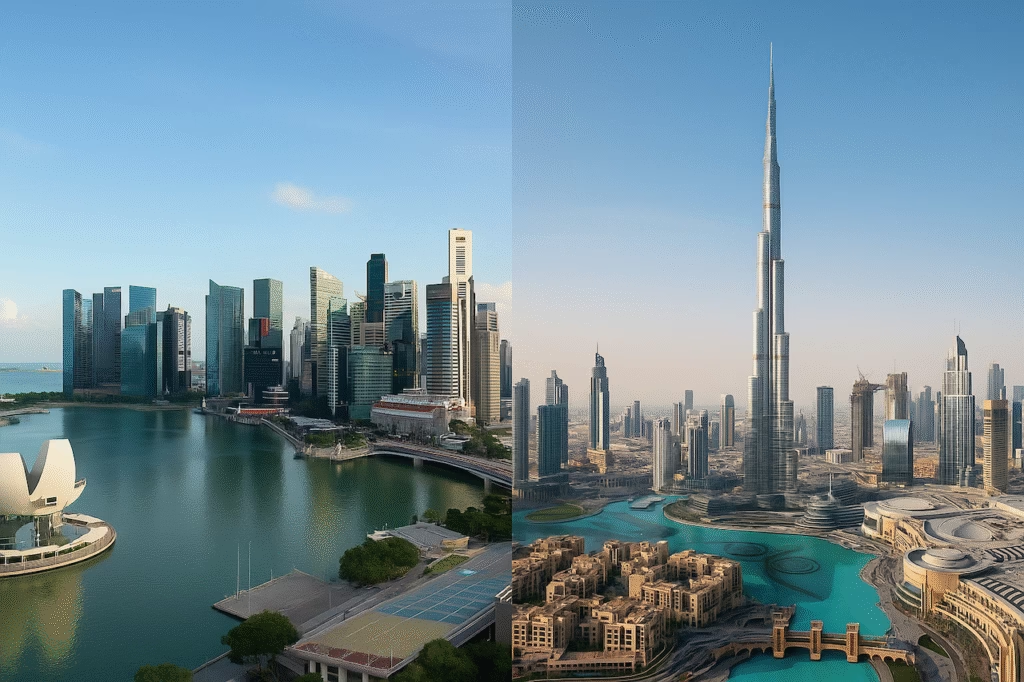The phrase has long been a cornerstone of corporate real estate and workplace strategy. It captures the delicate balance between creating work environments that support business objectives while also enhancing the human experience.
But as organisations grapple with hybrid work models, digital workplaces, sustainability imperatives, and shifting workforce expectations, does this catch-all still hold up? Or is it time for a more nuanced framework to reflect the reality of work today?

The Evolution of “People & Place”
Historically, corporate real estate decisions were largely driven by cost and operational efficiency. The rise of workplace strategy as a discipline saw a shift toward a more people-focused approach, ensuring that office spaces were not just efficient but also engaging, collaborative, and supportive of productivity.
“People & Place” emerged as an umbrella concept to acknowledge the dual priorities of human-centric workplace design and strategic real estate management. It helped frame discussions around everything from employee well-being and company culture to location strategy and space utilisation.
However, the past few years have disrupted traditional paradigms. Remote work, flexible schedules, and digital workspaces have untethered employees from physical offices. Employees no longer see “place” as a fixed entity—rather, it is fluid, digital, and dynamic. Does the phrase still accurately reflect the reality of work today?
The Limits of “People & Place” Today
While “People & Place” remains useful, it no longer captures the full complexity of where and how work happens. Several key shifts highlight the limitations of this framework:
1. Work is No Longer Tied to a Single ‘Place’
The traditional office is now just one of many work environments—alongside home offices, co-working spaces, and even the metaverse. Digital platforms have become just as critical as physical spaces. Should “place” evolve to include virtual and hybrid ecosystems?
Different industries are experiencing varied impacts. Tech companies, professional services firms, and creative industries have embraced hybrid work with enthusiasm, while manufacturing, healthcare, and retail sectors still require a strong physical presence. This divergence raises the question: Does one framework suit all industries anymore?

2. Experience and Culture Matter More Than Space Alone
The workplace is no longer just a space where people work—it’s a cultural and experiential hub. Organisations are investing in workplace experience (WX), which includes technology, well-being initiatives, and community-building efforts. Should “People & Place” make room for Culture & Experience?
A growing body of research indicates that employee engagement and productivity are increasingly influenced by company culture, leadership styles, and well-being initiatives rather than the physical office itself. Remote work has demonstrated that a strong, well-connected team can thrive even without a central office. Should the emphasis now be on fostering belonging and purpose rather than merely providing a workspace?
3. The Rise of ESG and Sustainability Priorities
The environmental impact of real estate is now a top concern. Sustainable building practices, energy efficiency, and carbon footprint reduction are shaping workplace strategies. Should “People & Place” integrate a third pillar—Planet?

Real estate leaders are increasingly being held accountable for their ESG (Environmental, Social, and Governance) performance. Investors, employees, and stakeholders demand workplaces that are not only functional but also environmentally responsible. Should a future workplace strategy framework explicitly incorporate sustainability metrics?
The Role of Technology in Shaping Workplaces
Beyond hybrid work, the integration of smart technologies is revolutionising workplace strategy. AI-driven analytics, IoT-enabled smart offices, and immersive digital collaboration tools are reshaping how people interact with their environments.
For example, smart building systems can optimise energy use based on occupancy, while AI-powered workplace analytics can help organisations make data-driven real estate decisions. Should workplace strategies expand to include People, Place, and Technology as a core framework?
Towards a New Workplace Framework?
If “People & Place” is becoming an oversimplified catch-all, what comes next? Some alternative approaches include:
- “People, Place & Planet” – A broader lens incorporating sustainability as a fundamental driver of workplace strategy.
- “People, Purpose & Performance” – Shifting from the physical workspace to the impact of work itself.
- “Workplace Experience (WX)” – Emphasising the fusion of digital, physical, and cultural elements that shape employee experience.
- “Connected Workplaces” – A term that better reflects the interplay between physical spaces, technology, and employee engagement.
What Should Workplace Leaders Prioritise?
The conversation around workplace strategy is more complex than ever. In shaping the future of work, corporate real estate leaders, HR professionals, and business executives should ask:
- How do we define “place” in an era of hybrid and digital work?
- What role should workplace culture and leadership play in strategy discussions?
- Should sustainability and ESG initiatives be embedded into workplace planning?
- How can organisations leverage technology to create more adaptive work environments?
Opening the Debate
The way we think about workplace strategy is evolving. While “People & Place” has served as a useful framework, it may no longer capture the full spectrum of what makes a workplace successful today. Should we redefine it? Expand it? Or move beyond it entirely?
As workplace leaders, real estate professionals, and HR strategists, how should we be framing the next generation of workplace strategy?
![The [RE]Search Co.](https://re-search.co/wp-content/uploads/2025/02/The-RE-Search-Co-Orange_Grey-png-350x51.avif)












